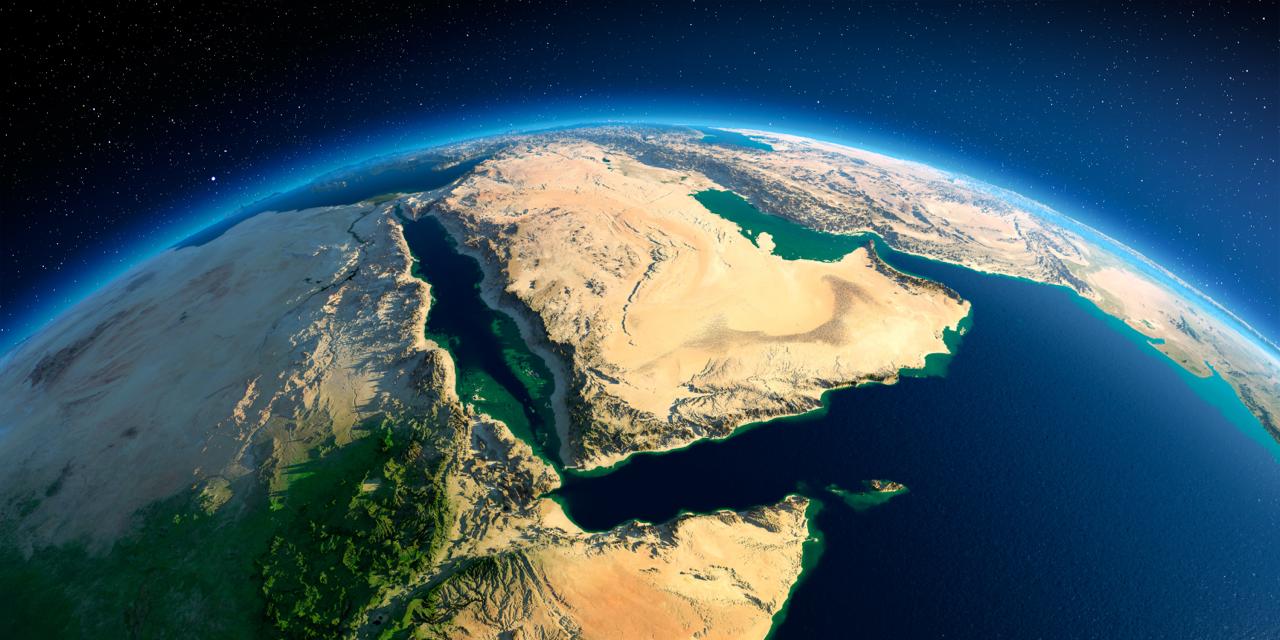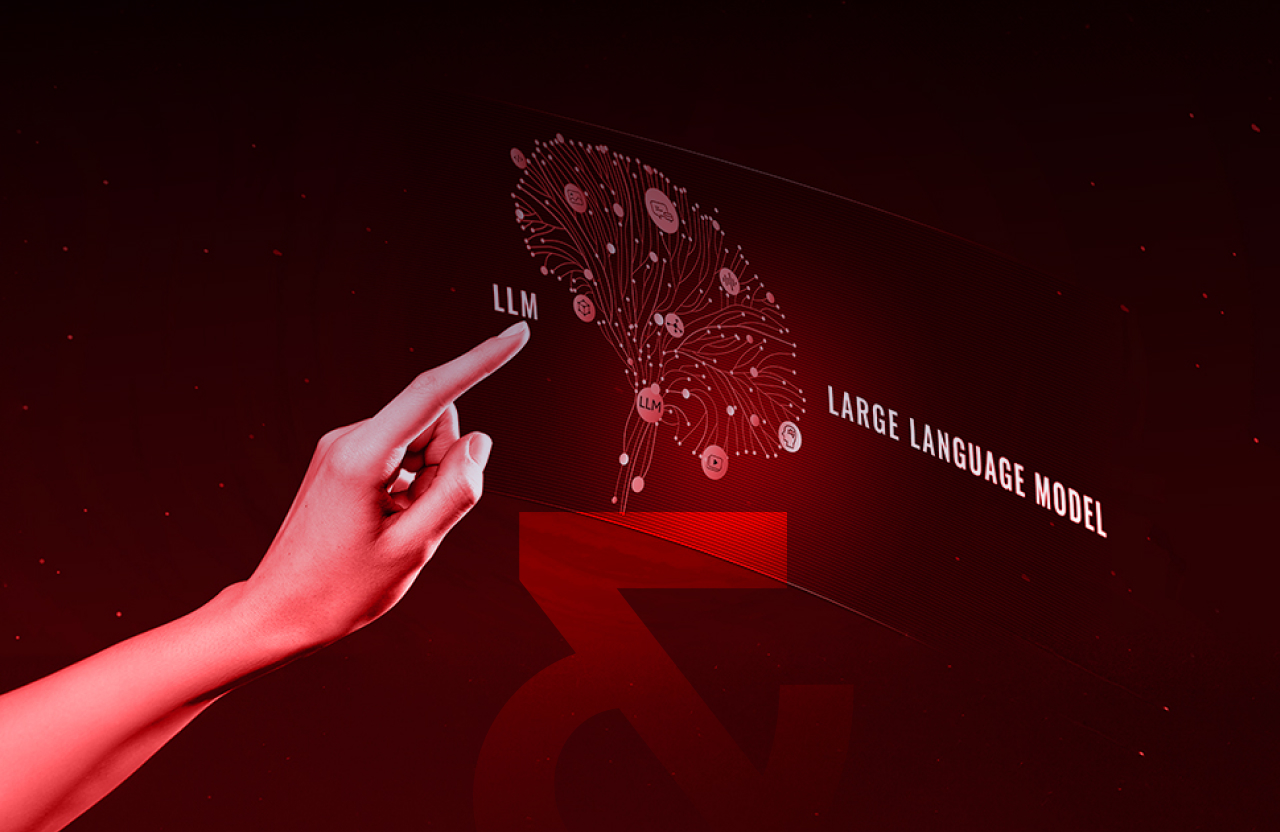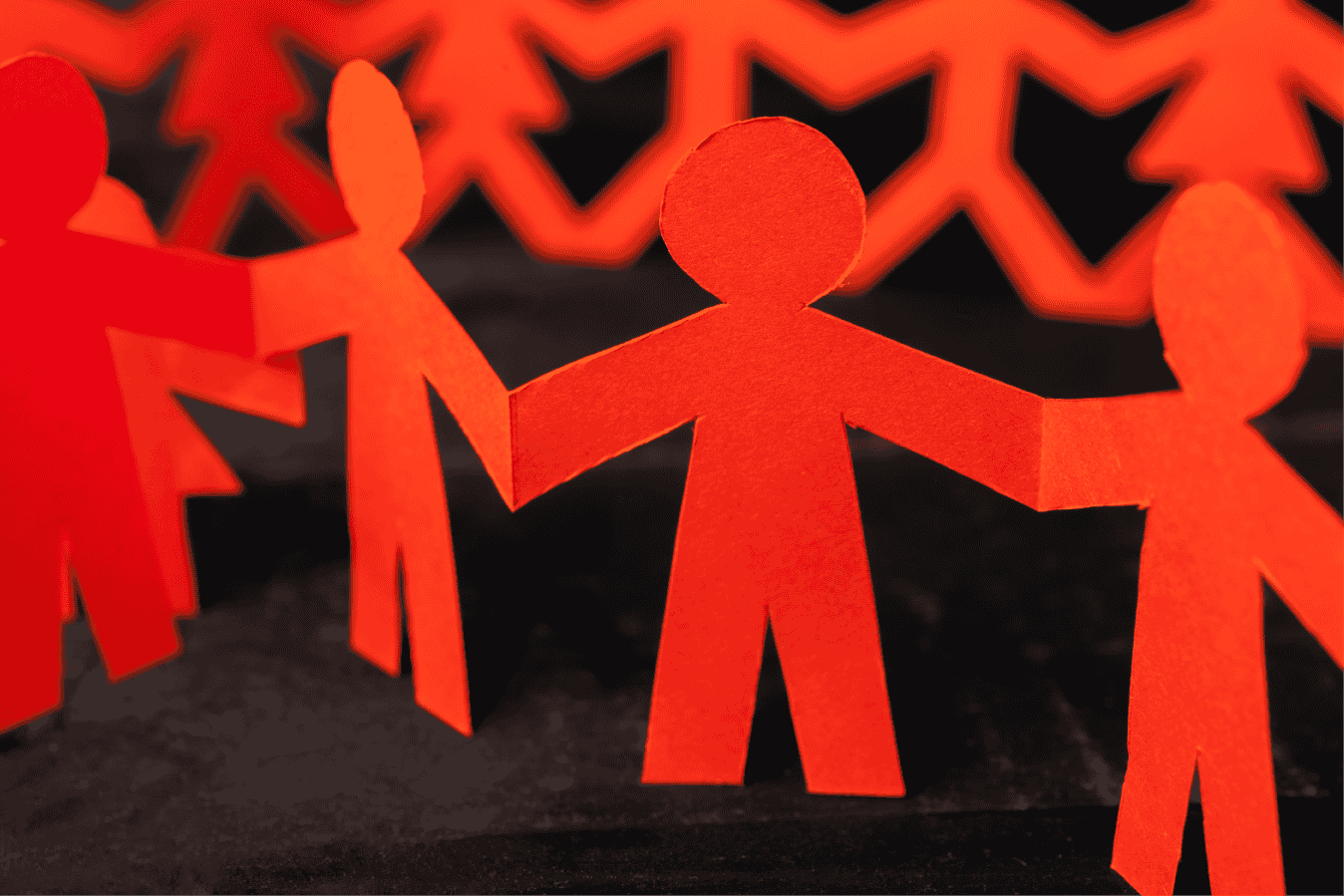By Diego Bartolome
Since the launch of Chat GPT by Open AI last year, there has been a lot of noise. And there’s a reason for that: 1 million users in 5 days (https://www.entrepreneur.com/en-in/news-and-trends/internet-sensation-chatgpt-crosses-1-million-users-in-5-days/440390) and 100 million users in two months (https://www.engadget.com/chatgpt-100-million-users-january-130619073.html). And the first reaction when people used it was that it would change everything. It will probably take longer than optimists think and it might impact far more use cases than pessimists predict. Three months after that, we are starting to realize that bringing Chat GPT-like applications to real B2B scenarios takes some effort.
Let’s step back a little bit. Chat GPT is the latest model by Open AI for text (https://openai.com/blog/chatgpt), but it won’t be the last. They are reportedly launching GPT-4 in 2023 (https://www.forbes.com/sites/bernardmarr/2023/02/24/gpt-4-is-coming–what-we-know-so-far). GPT stands for Generative Pre-trained Transformers, which is a deep neural network architecture that has been around for a few years already. What was really innovative about Chat GPT is that it was trained for conversational interactions, which means that it remembers the context and has an actual dialogue with the user. Open AI did outstanding work with the UI, which was not the case for the predecessor, GPT3.
Now, how does it impact the translation world? Probably not significantly in the short-term, as some have reported: Lionbridge (https://www.lionbridge.com/blog/translation-localization/chatgpts-translation-performance-and-what-it-tells-us-about-the-future-of-localization/), or Tencent, even with very little data (https://slator.com/tencent-pits-chatgpt-translation-quality-against-deepl-google-translate/). Microsoft reported (https://slator.com/microsoft-large-language-models-show-competitive-machine-translation-quality/) that the performance is competitive for high resource languages, whereas the performance is very limited in low resource languages. The main reason for this is that these GPT models are trained with Internet data and some languages are more frequent than others. Also, Arabic is a challenging language, and therefore, the output produced is not at the quality level of English. There are alternatives for that, which we will describe in future posts.
In any case, there are a few interesting features from Chat GPT and similar models in translation. First, it can translate into multiple languages at once using a prompt like: Please translate “Hello world” into Spanish, German, Italian, Arabic, and Chinese. This is an interesting feature in some translation scenarios. Second, it can ensure some words are translated as the user wants or remain untranslated. Third, it can learn with what is called few-shot learning, i.e., provide Chat GPT with a handful of examples and let the engine do its magic. Imagine such a system to correct fuzzy matches or to keep context in a translation. Finally, if none of the above provide excellent output, you can finetune the models with your data and make sure that both terminology and style will be maintained.
In what other areas of the translation workflow can Chat GPT and large language models in general be useful for? To name only two:
- Source pre-editing and automated post-editing: people in the translation world agree that translations are typically very high quality due to the mastery of the languages by linguists. To make translators’ work easier, Chat GPT can be used for the pre-editing to improve the source quality, and correct spelling, grammar, and even change the sentence to adhere it to the style guides of any given brand. The same applies to machine translation, it can comply with the customer guidelines and make sure the work of the translator is faster.
- Quality estimation: Microsoft states that large language models provide state-of-the-art translation quality evaluation (https://slator.com/microsoft-says-large-language-models-are-sota-evaluators-translation-quality/). Translation quality estimation has always been an unsolved topic, and using this new technology can improve how that assessment is carried out.
Your imagination will for sure find many other use cases!
What is also very relevant, though, is how it impacts the reason why companies translate. In anything regulatory, where the target needs to be a faithful representation of the source, it will probably not have an impact in the short term, even if companies can leverage their generative capabilities to create whatever content faster. However, the risk of a mistake is too critical. In any translation that requires creativity, the impact will be much higher. Imagine what is better, cheaper, and faster… creating an e-commerce listing in one language and translate it into multiple language or use the image, the title, and the product attributes, generate the content with AI and have a copywriter review and improve the content? And the same case exists in travel & hospitality, and many others.
Finally, note that these models turn words into a vector (array of numbers), and today, anything can be generated with them, including images, audio, and video. Therefore, with the current fast pace of development in these technologies, the future is both challenging and exciting at the same time!
Tarjama has chosen to be part of imagining the future together, so please reach out for a free consultation with our experts.



















